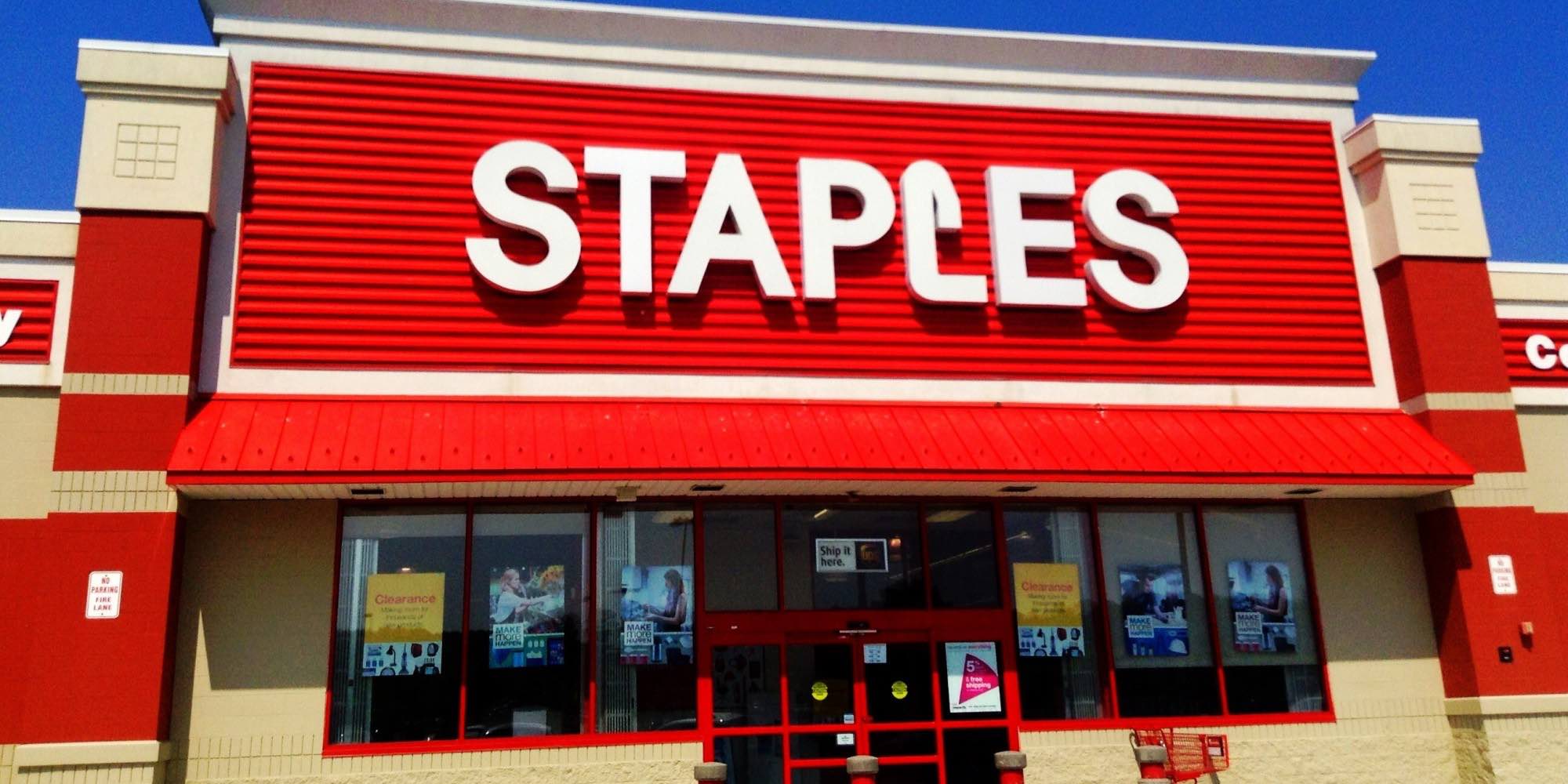So many of my creative friends struggle with sales.
I had lots of early brushes with entrepreneurship when I was a kid, but I can point to one experience in particular shaped my approach to making sales.
Especially today, when so many of my friends are creative professionals, I think back to the
August. Year 2000.
I donned my store-issued red polo shirt, punched a clock in the break room, and walked onto the sales floor of the Staples office supply superstore where I worked in Bethlehem, Pennsylvania.

It was the first day of a state-wide and week-long holiday designed to encourage residents to buy their first home computer by giving customers a break on sales tax.
My fellow “business machines” associates (that’s the fancy name they gave to us teenagers who sold computers) and I were excited for this big week of selling computers because in addition to our hourly wages, we earned commission on the sales of certain high-ticket items and gadget bundles. Our company’s incentive program rewarded us for sales units, with extra bonuses for the associates who sold the most in the store, the district, and the region.
This was going to be like shooting fish in a barrel. All we had to do was wait for the customers to walk down the computer aisle.
There was only one thing in the way of most sales:
most customers had no idea what they were buying.
Buying a computer in 2000 = mass confusion by design
If you were tech savvy (like I was at 17), buying a new computer was exciting. I’d do my research down to the individual components. I’d learn how a new graphics card could make my favorite game play better. I’d lust after a new modem with special compression features that let me dial into the internet just a little bit faster.
But for most of the people walking into a Staples to buy their first machine, this was about as exciting as walking onto the pavement of a used car lot. Most of our customers were barely even familiar with all of the things they could do with a computer, let alone how much (or how little) power they needed.
PCs were expensive, easily running a bill of $2500+ once you factor in printers and peripherals. The average buyer didn’t know the difference between megabytes and gigahertz. “Memory makes things run faster, hard drives let you install more programs and store more files.”
Turns out, a lot of our team
The “average” player’s approach to sales
Most of the sales associates took the same three step approach to making a sale:
- find out how much the customer was willing to spend, reminding them that the tax break included all of the packages & peripherals
- lead them to the most expensive package in that budget, and explain all of the features
- get them to the checkout as quickly as possible
Odds are, you’ve had this kind of sales experience yourself.

